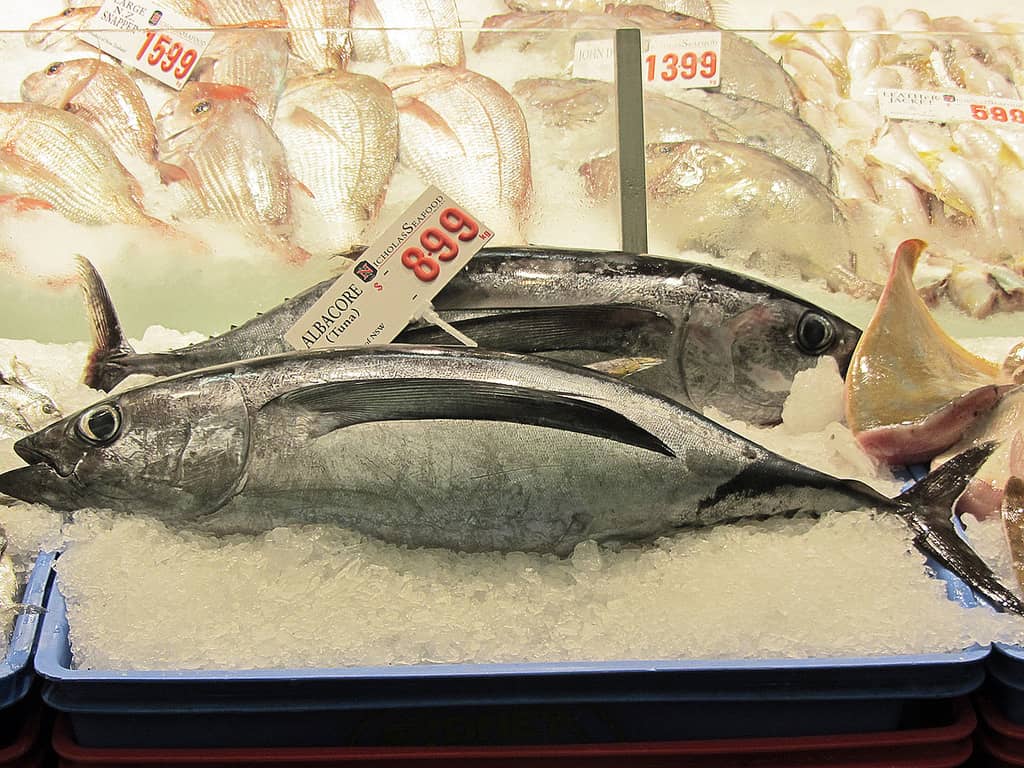Study: Tuna Caught in Oregon Contain Radiation from Fukushima
OutdoorHub Reporters 04.30.14

A study recently published in the journal Environmental Science and Technology found elevated levels of radioactivity in albacore tuna caught off the Oregon shore, believed to be a result of the 2011 Fukushima nuclear disaster. According to a press release from Oregon State University, researchers studied a test group of 26 albacore caught between 2008 and 2012. They discovered an increase in certain radioactive isotopes in fish caught after the disaster. At the highest end of the scale, researchers found that the level of radiation nearly tripled.
Scientists explained that the increase can be considered minute.
“A year of eating albacore with these cesium traces is about the same dose of radiation as you get from spending 23 seconds in a stuffy basement from radon gas, or sleeping next to your spouse for 40 nights from the natural potassium-40 in their body,” said Delvan Neville, lead author on the study and a graduate student researcher at Oregon State University. “It’s just not much at all.”
The increased radiation levels are barely detectable, much different from the highly radioactive murasoi fish found in Fukushima Bay last year. That specimen was tested to be over 2,500 times the acceptable radiation level for human consumption, even though it did not exhibit any physical signs of deformity. The tuna captured in the Oregon study are considered safe to eat.
“You can’t say there is absolutely zero risk because any radiation is assumed to carry at least some small risk,” Neville added. “But these trace levels are too small to be a realistic concern.”
Pacific albacore tuna are far-ranging fish who often travel through the Fukushima plume, especially when they are young. Researchers suggested that the tuna gain radiation levels depending on how many times they travel near the site of the nuclear disaster. Four-year-old fish, which have likely passed through the Fukushima plume twice, tested higher for radiation than younger fish. Most of three-year-old fish documented in the study had no traces of elevated radiation at all.
Japanese officials are still continuing their cleanup efforts in the 12-mile quarantine zone around Fukushima. According to the Associated Press, some residents are returning to the now ghost towns that once thrived near the nuclear power plant. Due to lingering concerns over the efficiency of the decontamination project, many former residents say they will not be returning.

